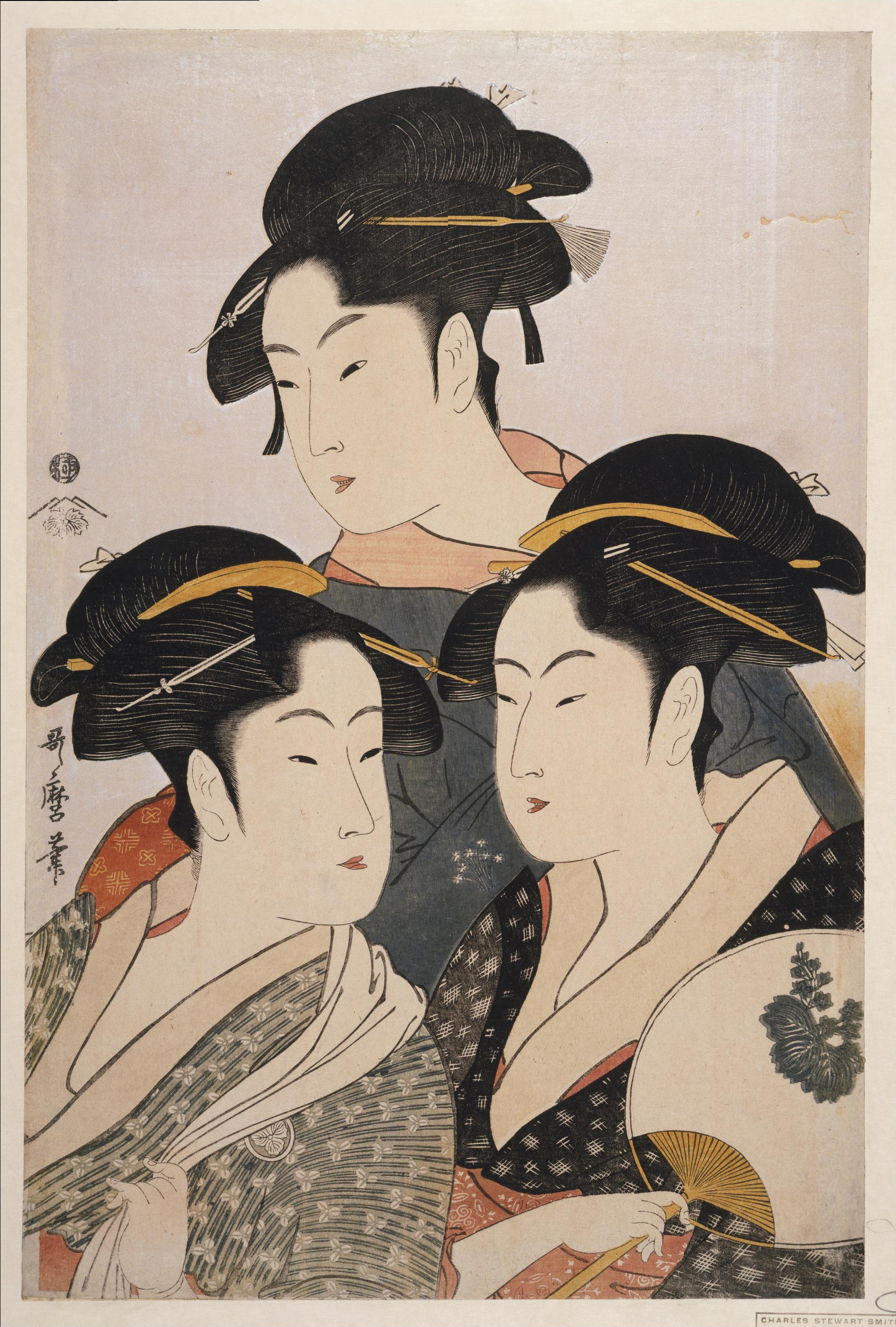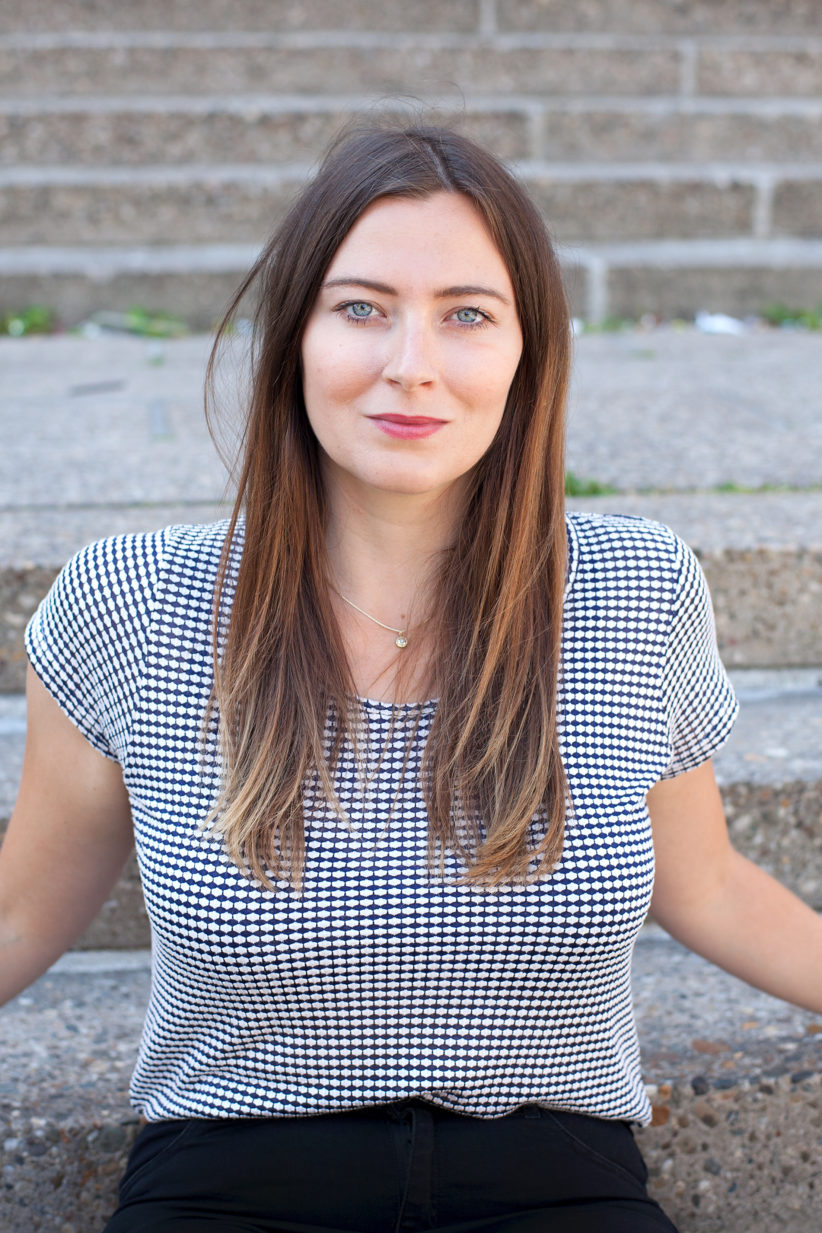The Good, the Bad and the Beautiful
Catching up with all things that happened during the Christmas break, I stumbled upon something good, something bad and a whole lot of beautiful. The Asian Art branch (called Freer Sackler) of the wonderful Smithsonian Museum in Washington D.C. released high quality images of their mostly public domain collection. This was the good. Now for the bad: they only released it for non-commercial purposes. The beautiful? The amazing art collection itself, unrightfully being withheld from the public domain. It seems The Smithsonian is following the bad example++The Metropolitan MuseumRead why the Met does not open real doors, an opinion by Nikki and Maarten. set by the Metropolitan Museum last year.
The Good
Before discussing the negatives of the digital projects, first – the good. The Smithsonian has organised an impressive digitisation project. About 40.000 Asian Art objects will be viewable and downloadable from the Freer Sackler website. This is a great opportunity for the museum, will most likely make their wonderful collection better known to the world, and attract more digital and physical visitors to the museum. The entrance to the Smithsonian museums is already free, but now people from all over the world can enjoy the Asian art from their armchairs. I very much applaud this effort to digitisation.
The Bad
However, the museum is limiting the reuse of public domain images in their collection. The interesting part is that the Smithsonian does not claim copyright over the public domain images. They describe the digital representations as Digital Assets, and write in their access and use policy:
“Although use of public domain materials is unrestricted as a matter of copyright law, the Smithsonian at times regulates access to, and use of, such works through Smithsonian contracts. Until a public domain policy is developed and implemented by the Institution, holding units are encouraged to make public domain digital assets available without restrictions and without licensing fees.”
Though this 2011 policy sounds hopeful (once we develop a policy all is well with the public domain) their encouragement to the holding units did not sway the Freer Sackler division to release the public domain images to the public without restrictions. In fact, a little bit before in the access and use policy it is stated that even using the images for non-commercial purposes is limited, by stating that modifications are not permitted:
“Noncommercial external uses do not require a written request and are automatically approved if the holding unit has already made the requested digital asset publicly accessible, and the proposed use meets the following criteria: a) use complies with the stated restrictions associated with the digital asset as specified by the holding unit; b) use complies with the Terms of Use posted on the Smithsonian website; c) use does not modify the asset or related metadata; and d) the digital asset is displayed with attribution and a link to the holding unit.”

While this restriction is quite difficult to sustain, it is only part of the non-commercial restriction on the digital assets. While they happily state that they encourage non-commercial reuse of the objects for education, they also explicitly state that use in textbooks is not non-commercial. This is very much the problem with a non-commercial restriction: no-one knows exactly what it means and, therefore, it discourages reuse.
This is very much the problem with a non-commercial restriction: no-one knows exactly what it means and, therefore, it discourages reuse. While the US has a fair use policy that allows teachers and other users to use protected images, we in the EU are not so lucky and are left in a interpretation gray zone.
Also, since this non-commercial protection is only based on contract law (you automatically agree with the terms of use by using the website) and not copyright law, it only extends to use at the website itself, and not third parties. If I find one of the public domain images on a random website there will be no restrictions on my use, commercial or not. This makes the policy a very thinly veiled ‘protection’ of the public domain works.
The Beautifuls
We have 40,000 more images to view and enjoy on the Freer Sackler website, with restrictions. This is easily fixed. As Freer Sackler stated in their blog post: “We have examined the rights information on every object and marked them appropriately. We have reviewed records, both complete and incomplete, and deemed them acceptable to make public.”
Dear Freer Sackler, you have the rights information, you know what is in the public domain. So please change the policy to reflect this amazing contribution to our shared resource++Public domainRead more on a strong public domain.. Become a great example for museums in the US and the rest of the world working on other digitisation projects. Join the open GLAM club.


